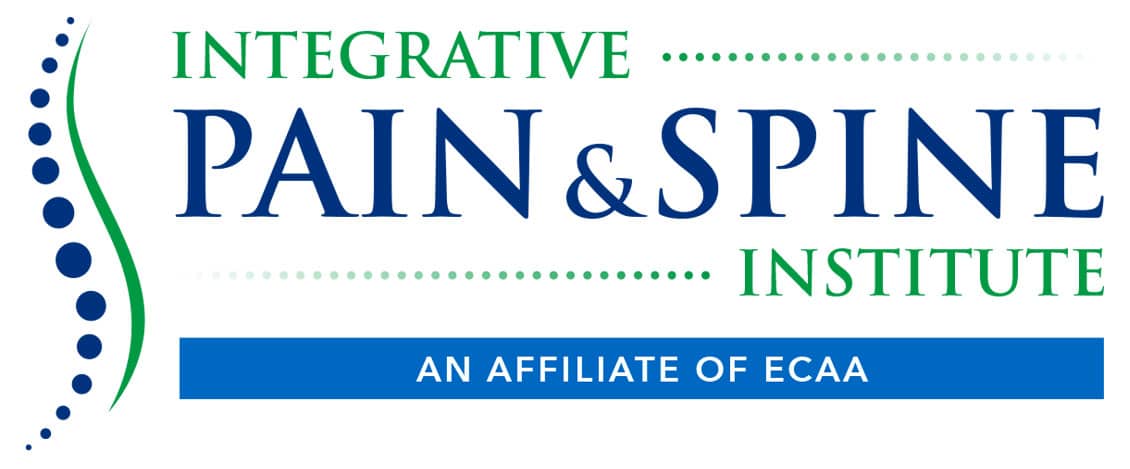Back pain is a common medical problem, affecting as many as 8/10 people in their lifetime, according to research found at the U.S. National Library of Medicine. Almost 40 million U.S. workers are experiencing low back pain.
With so many people dealing with back pain, it is not surprising that many myths or misconceptions have developed about causes, impacts and treatments. Following are the most common inaccuracies that can negatively affect patient care.
Myth 1: Exercise will make back pain worse
One of the top misconceptions is that exercise should be avoided because it will make back pain worse. Exercise does not make back pain worse- in fact, it improves back health! It helps ease back pain for several reasons: exercise stretches muscles, ligaments and tendons that have tightened due to stress or a medical condition. It strengthens muscles in the back which helps stabilize the spine and provides additional support for the back. Daily moderate exercise is recommended.
Myth 2: Bed rest is good for easing back pain
FALSE! Probably the biggest myth is that bedrest will ease back pain and sciatica. Excessively laying down leads to changes in the back’s structures that can increase back pain. Laying down changes the curvature of the spine by flattening it. It is one reason people who normally have no back pain issues will complain of back pain after staying in bed too long. Minimizing physical activity to accommodate back pain is not a good strategy, and over the long term will lead to even more issues, like weak muscles.
Myth 3: Severe back pain means there is a serious medical problem
Back pain can range from mild to moderate to severe. It is natural to automatically assume severe back pain or a painful flare-up means something very serious is happening. In some cases, it might be. For example, back pain may be due to degenerative disc disease that needs intervention. Often the pain is due to something less serious, like a pulled back muscle, and occurs when doing a specific activity, like lifting or twisting. If the pain continues to lessen and goes away over 3-5 days after home treatment, like applying ice, it is unlikely there is a serious medical problem.
Myth 4: Bulging spinal discs are always a major medical issue
Bulging discs commonly develop as people age. A bulging disc may or may not cause back pain. It may cause pain when it places pressure on nearby nerves, but the bulging disc can often be treated with anti-inflammatory medications, application of heating pads and light exercise. Bulging discs become a serious problem when there is severe pain indicating the disc is near herniation or the pressure on nerves creates issues like numbness or weakness in a leg or loss of bladder control.
Myth 5: Spine surgeons always recommend surgery to relieve back pain
Spine surgeons do not always recommend surgery to treat chronic spine pain. In fact, interventional pain management providers prefer to formulate a non-surgical treatment plan. Most often, it is multidisciplinary and may include several weeks of physical therapy, neuropathic and anti-inflammatory medications and even minimally-invasive procedures to treat the source of the pain. Most back pain problems are resolved without surgery. Even if your patients are living with chronic back pain, the first treatment options are non-surgical, but it does take adherence to the treatment plan that the pain management physician recommends.
Myth 6: Stress is not a cause of back pain
Stress may be an emotional experience, but it causes physical responses. Stress leads to changes in breathing that cause tension in back muscles, can cause poor posture due to fatigue and promotes inactivity. It can also lead to tight muscles, especially in the neck, which can worsen the pain.
Myth 7: Back pain is the result of injury
People can experience back pain without injury. There are many reasons a person develops back pain. They include a herniated disc, sciatica, spinal stenosis and arthritis, to name a few. Damaged discs in the lower back, like herniated lumbar discs, are one of the most common causes of lower back pain. There are even causes that are not connected to the back structures, like kidney stones and pregnancy.
Myths Debunked! Now how/when to get treatment?
Believing myths about back pain can lead to patients thinking that it is OK to get accustomed to daily pain. In the worst-case scenarios, patients do not see a doctor when the medical problem causing back pain needs professional attention by a double board-certified interventional pain management physician. If your patient is experiencing any acute or chronic low back pain that may or may not be associated with radiculopathy, it is strongly recommended to get them seen by pain management to get the care they need immediately. Most often, back pain does not necessitate invasive surgery, but instead a multidisciplinary treatment plan to get your patient back to an active life again! Call us today at 704-317-1440 to make your appointment!
